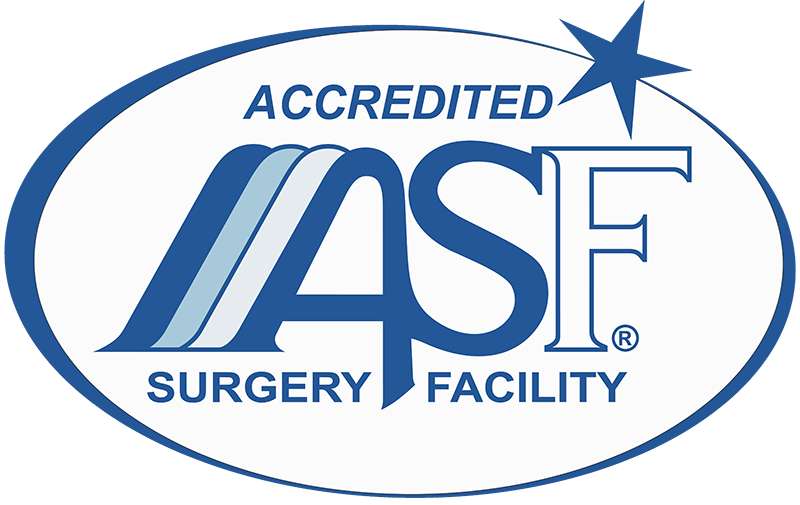Repair of a Thoracic Aortic Aneurysm
A thoracic aortic aneurysm or TAA is a bulging of the wall of the aorta. When the aorta expands to more than twice its normal diameter, it is called an aneurysm. When an aneurysm occurs in a portion of the aorta within your chest, it is called a thoracic (chest) aortic aneurysm or TAA.
USUALLY AFFECTS ELDERS, BUT NOT ALWAYS
About 15,000 people in the United States are diagnosed with this condition every year, usually people their 70s and 80s. Still, younger people can develop a TAA, particularly if they have certain genetic inherited diseases. You are more likely to develop a TAA if you are a smoker and if you have uncontrolled hypertension.
Thoracic aortic aneurysms are classified by their specific location, by their shape and by how they formed.
LOCATION: Aneurysms can occur in any of the three regions of the thoracic aorta:
• THE ASCENDING AORTA comes directly out of the heart.
• THE AORTIC ARCH is the next region; it has branches to provide blood to the upper body and to the head.
• THE DESCENDING AORTA travels through the left chest and passes through the diaphragm where it becomes the abdominal aorta.
SHAPE: Aneurysms can be:
• SACCULAR, affecting only a portion of the circumference of the aorta wall and bulging only on one side.
• FUSIFORM, involving the entire circumference of the wall and shaped like a fat sausage.
Why It’s Done
Aneurysms form because the wall of the aorta is weaker and the pressure inside (your blood pressure) causes it to bulge out. The weakness can occur due to:
Degeneration of the wall structural components by degenerative diseases such as atherosclerosis (hardening of the arteries).
Genetic abnormalities that cause connective tissue disorders such as Marfan Syndrome, Loeys-Dietz Syndrome, or Ehlers-Danlos Syndrome.
Separation of the inner layer of the arterial wall from the outer layers (aortic dissection) leaving the outer layers weaker. Aortic dissection, which may contribute to aneurysm formation, may be caused by pregnancy.
Risks
Repairing a thoracic aortic aneurysm is a major surgical procedure and carries a number of risks:
Bleeding
Respiratory complications such as pneumonia
Temporary or permanent loss of kidney function
Interruption of blood flow to the spinal cord. When this happens and the spinal cord does not recover, the patient suffers paralysis of the legs. Many maneuvers are used to minimize the risk of this complication, but it still occurs in up to 8% of cases.
What Can I Expect After Treatment?
Following surgery, the patient may recover in the intensive care unit for a few days.
Following time in intensive care, physical activity is gradually increased.
Most patients experience complete recovery and can return to their normal activities.
Description
Best results are achieved by surgeons who have specialized training in treating such aneurysms e.g. vascular and some thoracic surgeons who have experience with this difficult surgery. The purpose of treatment is to prevent rupture and the escape of blood into the chest cavity. If a TAA ruptures, 50–80 percent of patients do not survive.
The only way to predict the risk of rupture is to measure TAA size or diameter. This is usually done with a CT scan. The weaker the aorta gets, the larger it gets. When a threshold is reached, elective repair is recommended for most patients to prevent rupture.
ENDOVASCULAR REPAIR (click for more info): Through a needle hole (percutaneous approach) or a small incision in your leg the vascular surgeon inserts a sleeve on the inside of the aorta, and advances the sleeve to the aneurysm. The sleeve takes the pressure off the wall and prevents it from expanding or possibly leaking. This is the preferred procedure because patients recover quicker and easier. However, available sleeves are often incompatible with the patient’s anatomy and open surgery is necessary.
OPEN SURGERY: You are put under general anesthesia and an incision is made, usually along the left side of your chest. The ribs are spread and the weakened area of the aorta is replaced with an artificial blood vessel (graft) made of cloth. Blood flow through the aorta must be stopped temporarily while the graft is sewn in place. Often, blood circulation to the body is maintained using mechanical pumps while the aorta is clamped.
How to Prepare
The best way to prepare for this surgery is to discontinue smoking.
If you do smoke, exercise, particularly by walking, to improve stamina and endurance.
Achieve optimum control of your blood pressure.


